|
|
|
| Photos from Ross Eisenbeis, Clyde's son |  (1600's) Eisenbeiss Tomb Johannisfriedhof, Nürnberg, Germany (y:) (1600's) Eisenbeiss Tomb Johannisfriedhof, Nürnberg, Germany (y:) by Albert Eisenbeis and Klaus Halbig of Nürnberg. |
Question: y-a-t-il un rapport avec Albrecht Dürer?-Question: Is there a relationship with Albrecht Dürer? |
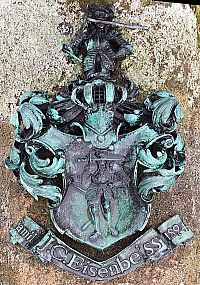  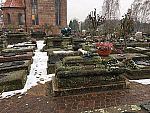 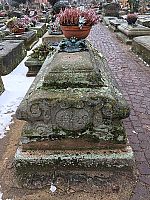 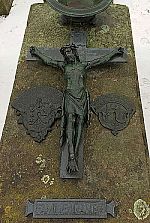 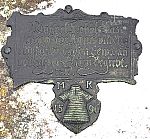 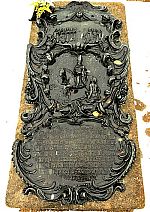 |
Cemetery, Nürnberg.
The caption on the bottom says: "Familie, J.C. Eisenbeiss,
1894". The site was purchased by Johann Eisenbeiß for 100
years in 1894. Extended in September 1907 until the year
1999. Buried at this site are: 28.9.1899 ?? Eisenbeiß 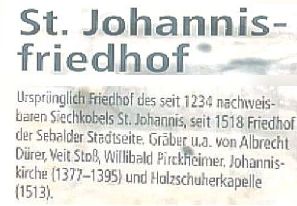 9.2.1908 Gemeiner Urne ('Urne' means 'funeral urn') 12.2.1914 Leierer 29.6.25 Joh. Gemeiner Urne 12.7.30 Emilie Leierer 24.7.31 Herta Raschke Urne 16.1.33 Johann Eisenbeiß Urne 6.2.34 ? Raschke Urne 4.10.54 ? Eisenbeiß Urne Sep 62 Sichling Charlotte (+ 4.6.62) 30.11.65 Beck Elisabeth 3.12.68 ? Sichling Urne 14.1.78 Eisenbeiß Udo Urne 27.2.83 Lothar Eisenbeiß The tomb apparently was constructed in the 1600's. It was purchased by J.C. Eisenbeiss in the 1890's for a period of 100 years. Martin Eisenbeiss (y:), a carpenter, was born at Friesau near Lobenstein. One of his sons, Andreas Eisenbeiss moved to Wilhemsdorf where he married twice and had eleven children. He built a mill at Rüdisbronn (Rüdisbronn and Wilhemsdorf are about 40 kilometers west of Nürnberg). Some of his descendants (from 1650 to 1790) remain in this area, in Mark Erlbach as Mühlermeister and Carpenters. In an ancient Nürnberg cemetery, Johannis Grabe (constructed in 1600), exists a tomb with a sculpture representing two knights, one on the shoulders of the other, a sword in the right hand, an other sword in the mouth, with the epitaph: Christian Eisenbeiss 1814-1851. This drawing is found engraved on the purchase agreement of the mill of Wellesweiler by Seyfried Eisenbeiss (b:2.1.1). His descendents include Daniel Eisenbeiss (y:1.4.3.8.3-9) who emigrated to the USA and was registered to the union of millers in 1846, and another, Johann Eisenbeiss (y:1.4.3.8.3-6) who was the founder of the Nünberger Konditorie Lebküchner (Nürnberger Confectioners Gingerbread) Shop. This image was also part of the sales contract for the Siegfried Eisenbeiß mill in 1697. The swords in the mouths of the two men is quite interesting and provides a new meaning for Eisenbeiß (iron bite). This image has become known as the Zwei Ritter (two knights).
|
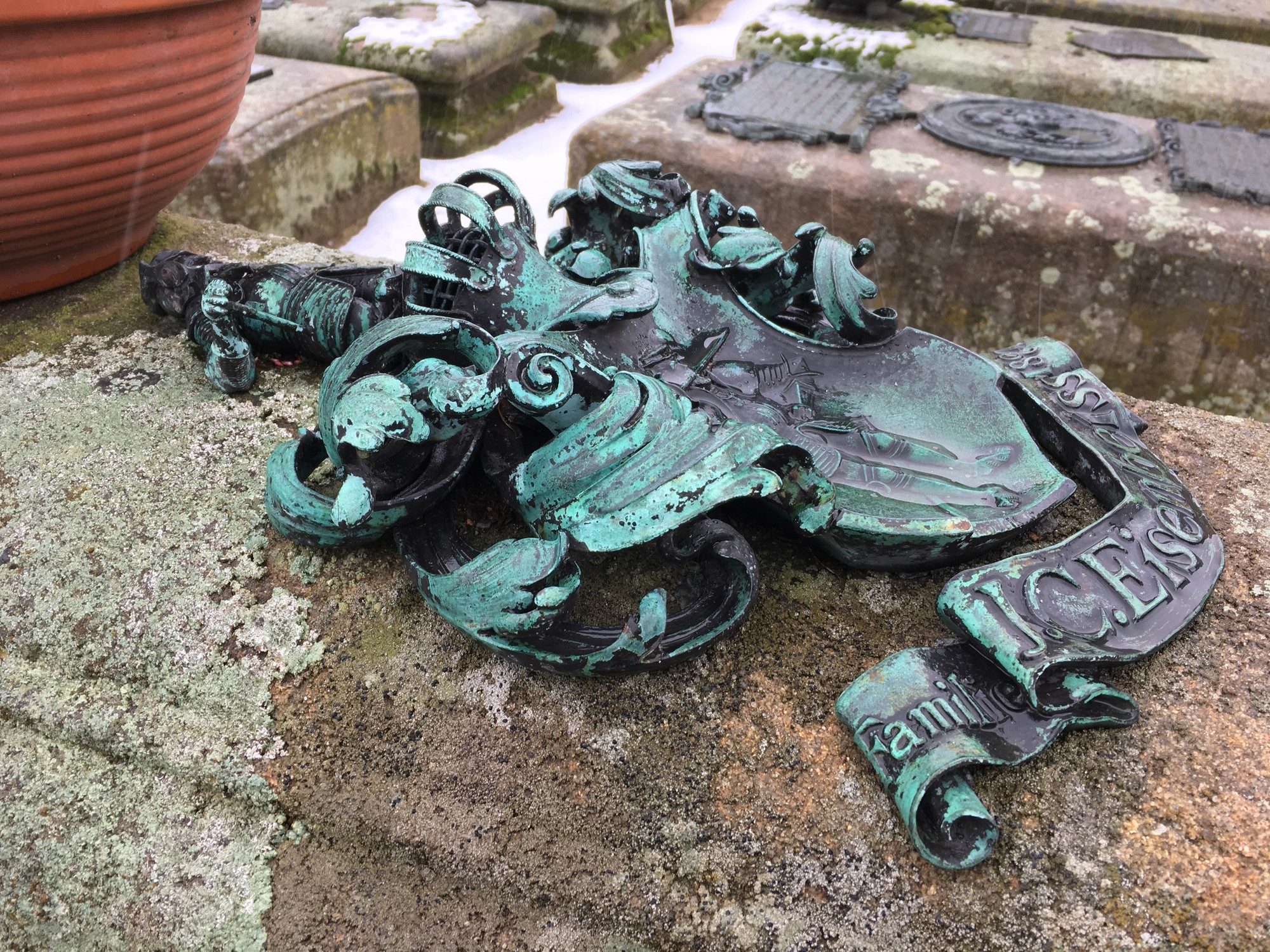 Included are some of the other graves. It was striking how large and intricate they were. #12 and #13 have a bird and helmet that are similar to this and this. 12 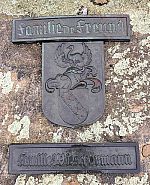 13  |